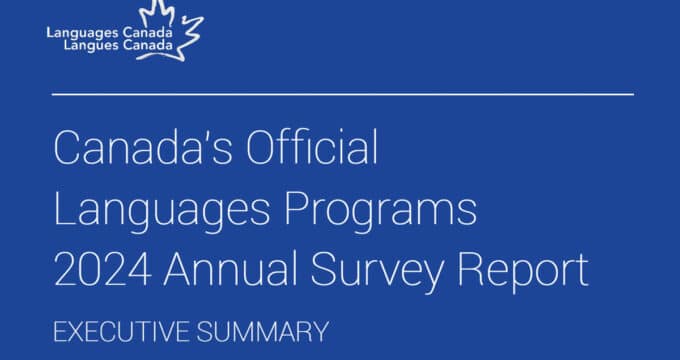Coming to America: The need for greater diversification in international enrolment
While its overall share of internationally mobile students has slipped over the last 15 years or so, the US remains - by far - the world’s leading study destination. After decades of steady growth, the number of international students in the US really began to take off about 20 years ago. In the last decade alone, America’s pool of foreign students grew by 73%, and the latest data from the Institute of International Education indicates the fastest year-over-year growth for the US in 35 years in 2014/15. In absolute terms, that translates into 409,887 more students last year compared to a decade earlier and a total enrolment of 974,926. A closer look behind the numbers reveals that a significant share of that growth is coming from China. Chinese students account for nearly a third (31.2%) of all foreign students in the US today, and China has been the leading sending country for American institutions for the last six years on the strength of eight consecutive years of double-digit growth. There are 241,517 more Chinese students in the US today than was the case in 2004/05, meaning that China has accounted for nearly 60% of overall growth over the past decade. More broadly, about 60% of all foreign students in the US now come from only four countries. After China, the top senders in 2014/15 were India, South Korea, and Saudi Arabia. There is, in other words, a significant issue for the US in terms of diversification of its sending markets. As we noted last year, "It might be the biggest ‘What if?’ in international education. What if Chinese demand for study abroad changes? Or, more drastically still, what if something happens to significantly alter the nature and scale of outbound student mobility from China?" This is not such an abstract question in a year where we have seen Chinese economic growth slow - complete with a run (or two) on the stock market - and where world oil prices have touched a previously unimaginable US$30 per barrel. A number of important education markets have been profoundly affected along the way, including Nigeria, Russia, and even Saudi Arabia. This diversification risk takes on an even sharper cast when we consider the distribution of international students in America. Even with the dramatic growth of the last decade, international students account for less than 5% of the total head count at the nearly 5,000 colleges in the US. And within such a large field of institutions, that enrolment, particularly in relation to the substantial growth in student numbers over the past decade, is surprisingly concentrated. The 25 US colleges with the largest international enrolments now host just over 21% of all foreign students in the US. Late last year, The Chronicle of Higher Education calculated that less than half of US institutions (44%) have kept pace with overall growth rates in foreign student numbers over the past decade. The Chronicle’s analysis also showed that "just 10% of colleges accounted for nearly 70% of the surge between 2005/06 and 2014/15." In one notable case, Northeastern University has seen its international enrolment grow by 430% since 2005. It is now the sixth-largest host institution for foreign students in the US, and saw year-over-year growth of more than 16% in 2014/15 alone. Along with Northeastern, seven more of the 25 largest host institutions recorded double-digit growth last year and Arizona State University led the pack with a 30% increase. In some respects at least, the pattern playing out in US higher education is that the big – in terms of foreign student enrolment - are getting bigger. There are some underlying patterns at play: some of these institutions are large research universities that have an easier time absorbing large numbers of international students and whose advanced programmes create a "halo effect" that helps draw undergraduate prospects as well. Other leading institutions have strengths in some of the key areas where international enrolment tends to concentrate, such as business or STEM fields (science, technology, engineering, and math). And other colleges have simply set out to more actively pursue an international agenda, and to expand their international recruiting in particular. There are a couple of implications in this for US higher education. First, there is a compelling case to diversify international enrolment through increased recruiting in emerging markets. Second, a relatively small number of institutions have built large-scale international programmes and will very likely continue to benefit from a critical mass of both students and alumni to help drive future growth. But for the larger field of US colleges and schools there is a significant opportunity to build on the dramatic overall growth of foreign student numbers in the US through thoughtful targeting and expansion of their own international recruiting efforts. The next decade of international education in the US will very likely be marked by these twinned aspects of diversification as educators work to draw students from a wider range of sending markets and as more American colleges seek to grow their share of international students bound for the US.


















